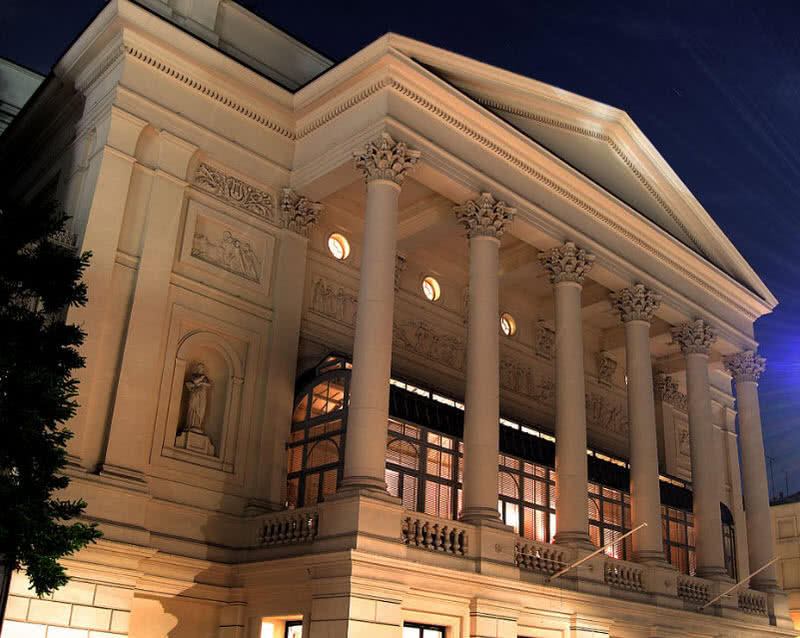
In the eighteenth century, composers were primarily interested in forms, melodies, and harmonies that provided an easily-audible structure for the music. The main difference between Classical and Romantic music came from attitudes towards these “rules”.

They also kept the basic rules for these forms, as well as keeping the rules of rhythm, melody, harmony, harmonic progression, tuning, and performance practice that were established in (or before) the Classical period. They continued to write symphonies, concertos, sonatas, and operas, forms that were all popular with classical composers. In fact, they were consciously emulating the composers they considered to be the great classicists: Haydn, Mozart, and particularly Beethoven. Modern composers also were consciously trying to invent something new and very different.īut the composers of the Romantic era did not reject Classical music. Early Classical composers, for example, were determined to get away from what they considered the excesses of the Baroque style. Sometimes a new style of music happens when composers forcefully reject the old style. Background, Development, and Influence Classical Roots And by the end of the century, composers were turning away from Romanticism and searching for new idioms, including post-Romanticism, Impressionism, and early experiments in Modern music. The beginning of that century found plenty of composers (Rossini, for example) who were still writing Classical-sounding music.

#A NATIONAL STYLE OF OPERA DEVELOPED IN WHICH COUNTRY MOVIE#
But there has been plenty of music written in the Romantic style in the twentieth century (including many popular movie scores), and music isn’t considered Romantic just because it was written in the nineteenth century. The term Romantic covers most of the music (and art and literature) of Western civilization from the nineteenth century (the 1800’s). But his later music, including the majority of his most famous music, is just as clearly Romantic. His early works are from the Classical period and are clearly Classical in style. Ludwig van Beethoven, possibly the most famous composer of all, is harder to place.

The Romantic era produced many more composers whose names and music are still familiar and popular today: Brahms, Tchaikovsky, Schumann, Schubert, Chopin, and Wagner are perhaps the most well-known, but there are plenty of others who may also be familiar, including Strauss, Verdi, Liszt, Mendelssohn, Puccini, and Mahler. Only two Classical-period composers are widely known: Mozart and Haydn. When people talk about “Classical” music, they usually mean Western art music of any time period. But the Classical period was actually a very short era, basically the second half of the eighteenth century. 15 Chapter 15: Music of the Romantic Era Romantic Era Explored Introduction


 0 kommentar(er)
0 kommentar(er)
